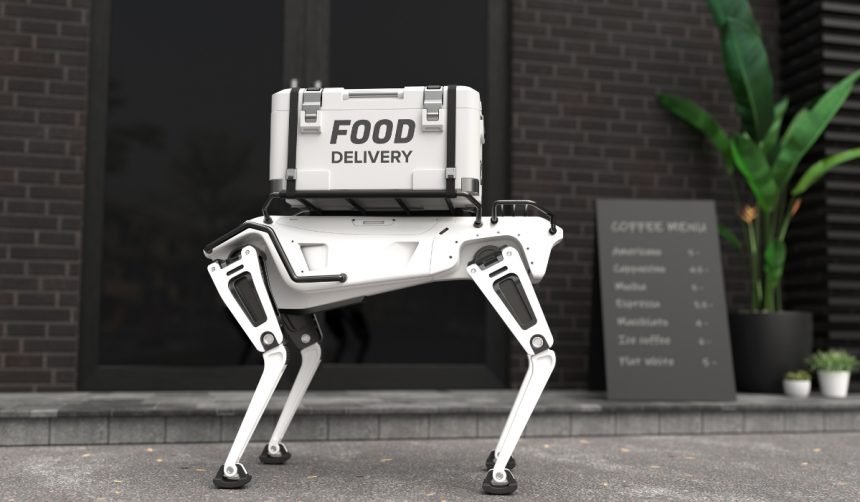Mark Toland, an experienced voice in the surgical robotics field, discusses the transformative potential of artificial intelligence in live surgery. He emphasizes that the journey of merging robotics with intraoperative AI is just beginning and highlights the need for comprehensive data utilization. Toland’s insights offer a glimpse into how future surgeries might evolve to incorporate more automated assistance, marking a significant shift in medical procedures. His experience with companies like Medical Microinstruments, Moon Surgical, and Corindus Vascular Robotics lends weight to his predictions.
Phases of Intraoperative AI
The evolution of AI in surgical robotics is anticipated to unfold in three stages: data collection, algorithm development, and reference sourcing. Many developers already collect vision data paired with robotic movements. The next step is to convert this data into actionable algorithms that assist intraoperative procedures. Benchmarking and comparison to pre-existing data will play a crucial role in this transformation.
Initial mentions of surgical robotics revolved around the basic integration of robotic hands and vision, with companies like Intuitive Surgical pioneering the way. Over time, the conversation has shifted towards data-driven approaches to enhance surgical precision. Regulatory and cybersecurity challenges have become more pronounced, complicating the landscape for new entrants. Historically, investments have focused on basic robotic capabilities, but now the emphasis is on advanced AI applications.
Current discussions show a significant pivot towards AI’s role in real-time surgical assistance, a concept that was once thought to be far-fetched. Companies are now more focused on developing algorithms that can perform tasks autonomously, highlighting a shift in the industry’s priorities. The acquisition of smaller companies by larger entities such as Siemens’ purchase of Corindus Vascular Robotics indicates a trend towards consolidating expertise and financial resources for accelerated development.
Impact of Mergers and Acquisitions
Asked about Karl Storz’s acquisition of Asensus Surgical, Toland highlighted that strategic investments in robotics are beneficial for advancing technology. Financial backing from larger companies can significantly boost R&D efforts and open new application areas, including pediatric robotics. However, he cautioned about the complexities involved in building and scaling a robotic platform, emphasizing the lengthy development timelines and the challenges of mass production.
“One of the hardest things for robotics companies right now is trying to figure out the moving target of cybersecurity requirements,” Toland said. “Now that you continue to see some of these hospital systems like Ascension get attacked, the walls are going to continue to go up and up and up on technology.”
Blending of strategies between technical innovation and regulatory compliance remains a critical challenge. Successful collaborations between leading companies and regulators could pave the way for smoother integration of advanced AI technologies in surgical settings. The role of companies like Intuitive Surgical in navigating these regulatory landscapes is crucial for the industry’s overall progress.
As the industry advances, the potential for AI to take over more surgical tasks becomes more plausible. This shift will necessitate not only technological innovation but also robust regulatory frameworks to ensure patient safety and data security. The combined efforts of industry leaders and regulators will be essential for realizing the full potential of AI in surgical robotics.










